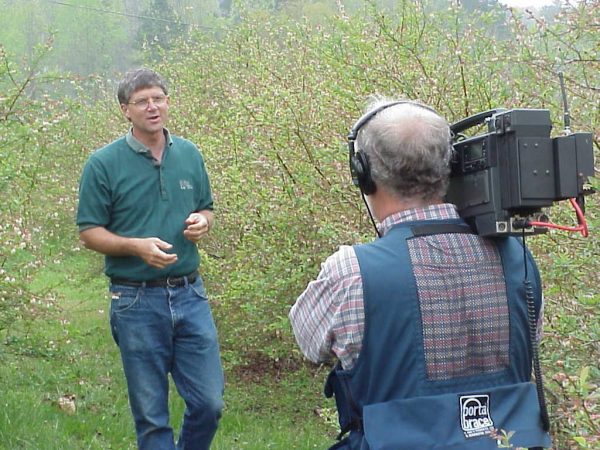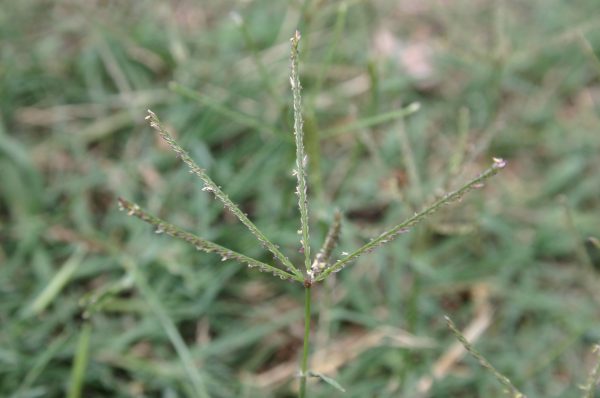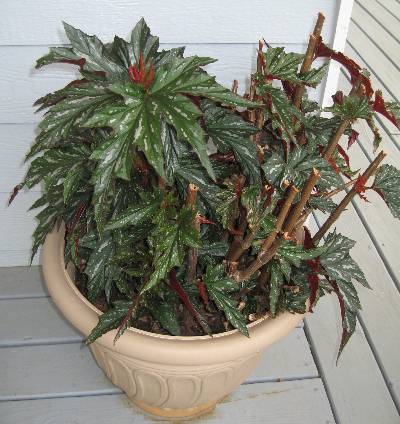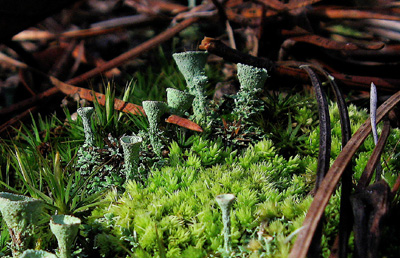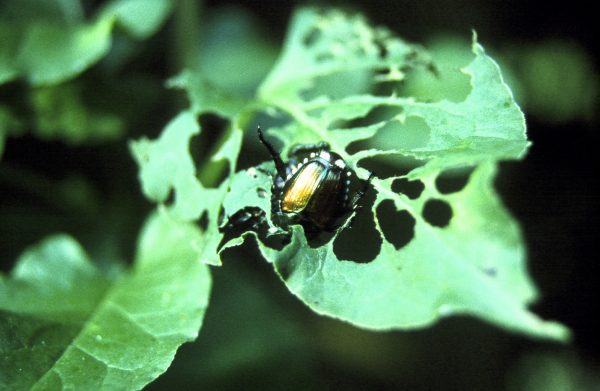Lawn Insecticides
Lawn insecticides are labeled for controlling insects in a lawn. The insecticide may be a bait or a broadcast product.
Synthetic (non-organic) insecticides are usually pyrethroid chemicals. These chemicals originated in the organic insecticide pyrethrin. Pyrethroids are chemivals that have been modified in the lab to be faster-acting, longer-lasting or more resistant to breakdown than pyrethrin.
Pyrethroid chemical names typically end in “-thrin”, such as permethrin, cyfluthrin or bifenthrin, although there are exceptions.
Imidacloprid and other synthetic chemicals can also be used on lawns.
Broadcast insecticides can be either liquid or granular.
Bait insecticides are typically used for control of a single insect, such as fire ant bait or mole cricket bait.
Organic lawn insecticides typically contain pyrethrin or spinosad.
The key to effective lawn insecticide use is to first be sure you have identified the pest at hand and to read and follow the pesticide label exactly.
To learn more about the toxicity of lawn insecticides, go to the
and type in the name of the chemical you are researching.



